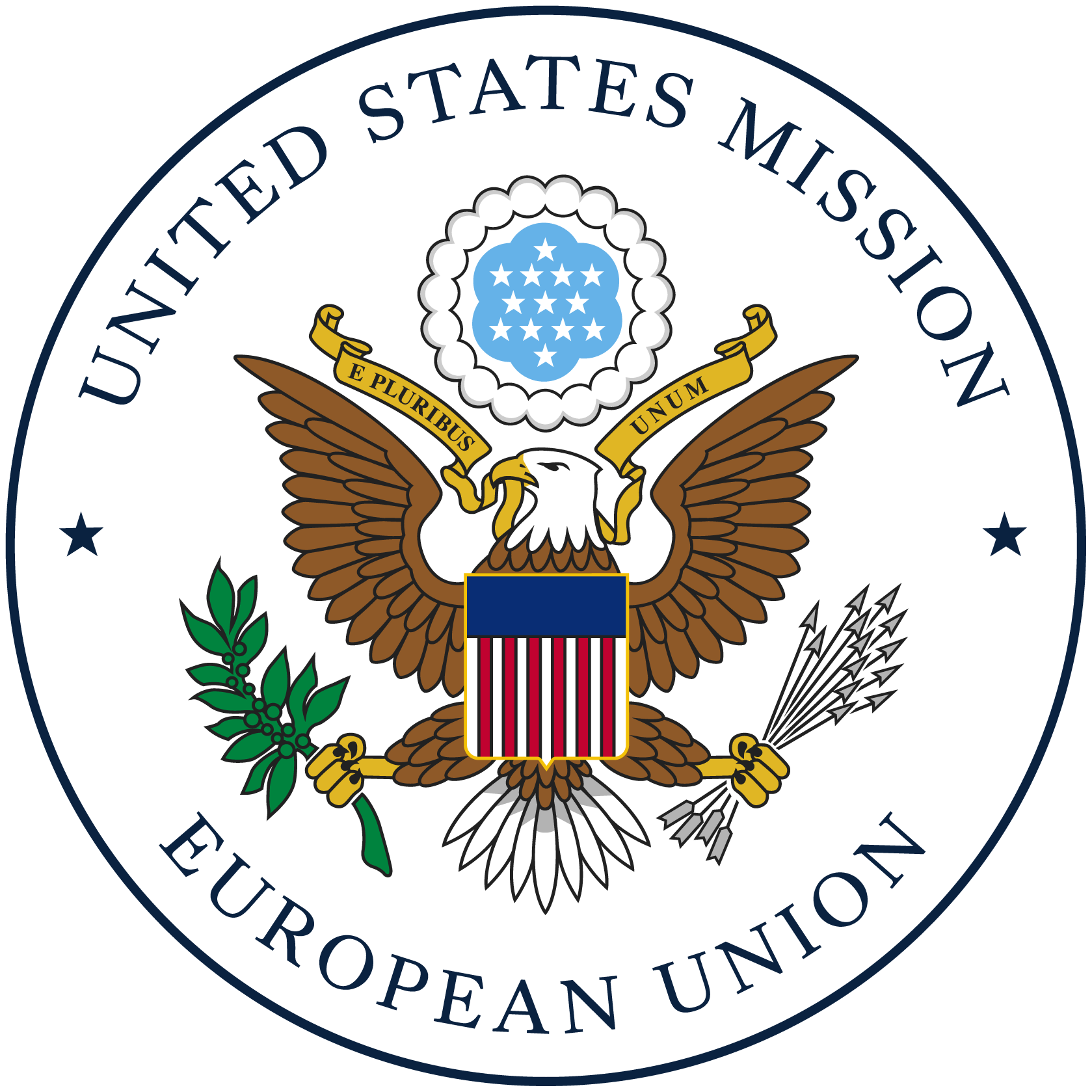Contaminants are substances that have not been intentionally added to food. These substances may be present in food as a result of the various stages of its production, packaging, transport or holding. They also might result from environmental contamination. Since contamination generally has a negative impact on the quality of food and may imply a risk to human health, the EU has taken measures to minimise contaminants in foodstuffs.
Contaminants in food and feed
Food and feed exported to Europe has to comply with stringent EU legislation on contaminants, which specifies maximum levels for a series of contaminants in a wide range of products. Checks on imported products are usually performed upon entry in the EU, but can take place at all stages of marketing. Member State official controls must comform to the EU’s legislation on sampling methods and methods of analysis. Member States perform random sampling and subsequent analysis of foodstuffs unless otherwise specified in EU legislation. This is the case for an extensive list of products from various origins, which are subject to increased controls upon entry into the EU. The EU considers that a reduction in controls is appropriate only for a very limited number of products. EU import control levels depend largely on the history of non-compliance of shipments and on the EU’s knowledge of the situation in the country of origin, including on the programs and systems in place to keep contaminant levels to a minimum. In this respect, the EU has considered the joint efforts by USDA and the U.S. industry to limit the formation of aflatoxins in almonds and values the certifcation scheme that has been developed in the United States.
Enforcement of Maximum Contaminant Levels in EU Member States
In order to enforce contaminant legislation in a harmonized way throughout the EU, sampling methods and methods of analysis have been established for the official controls of the contaminants levels. In the regulations, the methods of sampling, the sample preparation and the performance criteria for the methods of analysis are prescribed.
Sampling & Analysis Methods for Official Controls
- mycotoxins (aflatoxins, ochratoxin A, fusarium-toxins, patulin, citrinin)
- metals (cadmium, lead, mercury, inorganic tin, arsenic)
- dioxins and Polychlorinated Biphenyls (PCBs)
- Polycyclic Aromatic Hydrocarbons (PAH)
- 3-MCPD
- melamine
- erucic acid
- nitrates
Specifically for the enforcement of aflatoxin legislation, the Commission has developed guidance documents to further clarify and implement the legislation. This document is a living document and is occasionally updated based on discussions on practical situations between the Commission and the Member State enforcement authorities.
Maximum Levels for Contaminants in Food
Commission Regulation (EC) No 1881/2006 of 19 December 2006 setting maximum levels for certain contaminants in foodstuffs
Nitrates
Nitrate in lettuce, ruccola and spinach and infant food
Mycotoxins
- Aflatoxins in nuts, dried fruit, cereals, corn, spices, milk, infant food, dried figs
- Ochratoxin A in cereals, cereal products, dried vine fruit, wine and grape juice, coffee, spices, licorice, infant food, wheat gluten
- Patulin in apple juice and apple drinks, apple juice ingredients, infant food
- Deoxynivalenol in cereals, cereal products, infant food
- Zearalenone in cereals, cereal products, infant food
- Fumonisins in corn and corn based products
- T-2 and HT-2 toxin in cereals and cereal products
- Citrinin in rice/yeast fermented food supplements
- Ergot sclerotia and ergot alkaloids
For further details please see the Link below:
Heavy Metals
- Lead in milk, baby and infant food, meat, offal, seafood, vegetables, fruit and juices, wine and food supplements
- Cadmium in meat and offal, fish and seafood, cereals, soybeans, vegetables, fruit, fungi and food supplements, baby formula and infant food, cereals and soybeans, cocoa and chocolate products
- Mercury in seafood and food supplements
- Tin in canned foods and beverages and baby foods

